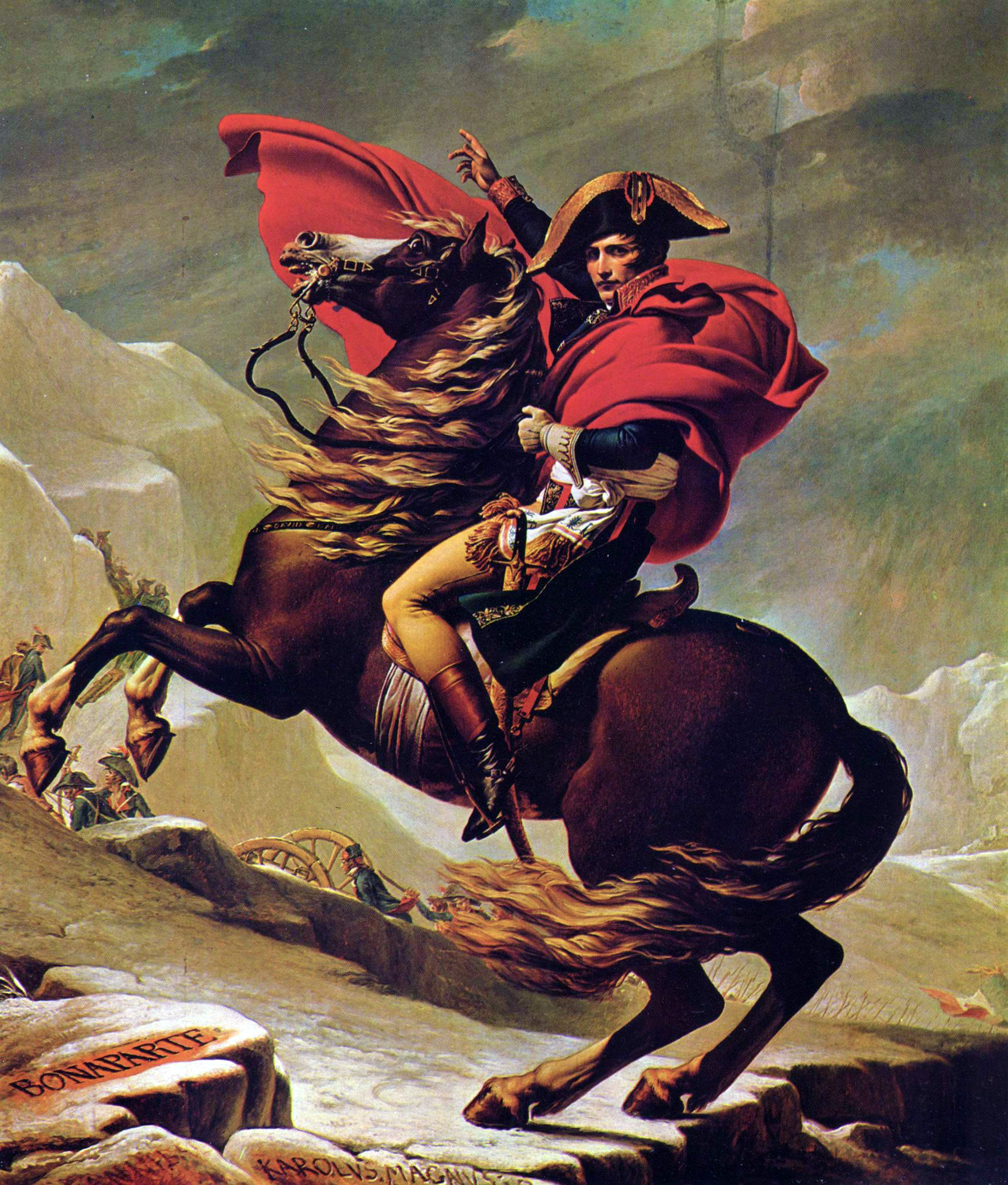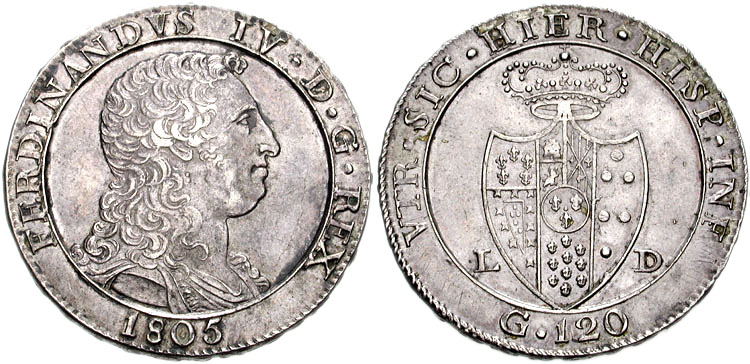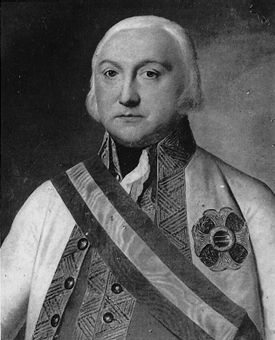 |
Italian Campaigns Of The French Revolutionary Wars
The Italian campaigns of the French Revolutionary Wars (1792–1802) were a series of conflicts fought principally in Northern Italy between the French Revolutionary Army and a Coalition of Austria, Russia, Piedmont-Sardinia, and a number of other Italian states. The campaign of 1796-1797 brought prominence to Napoleon Bonaparte, a young, largely unknown commander, who led French forces to victory over numerically superior Austrian and Sardinian Armies. First Coalition (1792–1797) The War of the First Coalition broke out in autumn 1792, when several European powers formed an alliance against Republican France. The first major operation was the annexation of the County of Nice and the Duchy of Savoy (both states of the Kingdom of Piedmont-Sardinia) by 30,000 French troops. This was reversed in mid-1793, when the Republican forces were withdrawn to deal with a revolt in Lyon, triggering a counter-invasion of Savoy by the Kingdom of Piedmont-Sardinia (a member of the ... [...More Info...] [...Related Items...] OR: [Wikipedia] [Google] [Baidu] |
|
Northern Italy
Northern Italy ( it, Italia settentrionale, it, Nord Italia, label=none, it, Alta Italia, label=none or just it, Nord, label=none) is a geographical and cultural region in the northern part of Italy. It consists of eight administrative Regions of Italy, regions: Aosta Valley, Piedmont, Liguria, Lombardy, Emilia-Romagna, Veneto, Friuli-Venezia Giulia and Trentino-Alto Adige. As of 2014, its population was 27,801,460. Rhaeto-Romance and Gallo-Italic languages are spoken in the region, as opposed to the Italo-Dalmatian languages spoken in the rest of Italy. The Venetian language is sometimes considered to be part of the Italo-Dalmatian languages, but some major publications such as ''Ethnologue'' (to which UNESCO refers on its page about endangered languages) and ''Glottolog'' define it as Gallo-Italic. For statistic purposes, the Istituto Nazionale di Statistica (ISTAT) uses the terms Northwest Italy and Northeast Italy for two of Italy's five statistical regions in its reporting ... [...More Info...] [...Related Items...] OR: [Wikipedia] [Google] [Baidu] |
|
.jpg) |
Louis-Gabriel Suchet
Louis-Gabriel Suchet (2 March 1770 – 3 January 1826), Duke of Albufera (french: Duc d'Albuféra), was a French Marshal of the Empire and one of the most successful commanders of the French Revolutionary and Napoleonic Wars. He is regarded as one of the greatest generals of the Napoleonic Wars. Early life Suchet was born to a silk manufacturer in Lyon. He originally intended to follow his father's business but, serving as a volunteer in the cavalry of the National Guard at Lyon, he displayed abilities which secured rapid military promotions. Revolutionary Wars In 1793, he was serving as a battalion chief (') when he captured the British general Charles O'Hara at Toulon. During the 1796 Italian campaign, he was severely wounded at Cerea on 11 October. In October 1797, he was promoted to command of a half-brigade ('). In May 1797, Suchet was one of three lieutenant colonels of the 18th Infantry Demi-brigade, with little hope of advancement. He was sent to Venice to ... [...More Info...] [...Related Items...] OR: [Wikipedia] [Google] [Baidu] |
|
Republic Of Venice
The Republic of Venice ( vec, Repùblega de Venèsia) or Venetian Republic ( vec, Repùblega Vèneta, links=no), traditionally known as La Serenissima ( en, Most Serene Republic of Venice, italics=yes; vec, Serenìsima Repùblega de Venèsia, links=no), was a sovereign state and maritime republic in parts of present-day Italy (mainly northeastern Italy) that existed for 1100 years from AD 697 until AD 1797. Centered on the lagoon communities of the prosperous city of Venice, it incorporated numerous overseas possessions in modern Croatia, Slovenia, Montenegro, Greece, Albania and Cyprus. The republic grew into a trading power during the Middle Ages and strengthened this position during the Renaissance. Citizens spoke the still-surviving Venetian language, although publishing in (Florentine) Italian became the norm during the Renaissance. In its early years, it prospered on the salt trade. In subsequent centuries, the city state established a thalassocracy. It dominat ... [...More Info...] [...Related Items...] OR: [Wikipedia] [Google] [Baidu] |
|
|
Michelangelo Alessandro Colli-Marchi
Michelangelo Alessandro Colli-Marchi, or Michele Angelo Alessandro Colli-Marchei or Michael Colli, (Vigevano 1738 – Florence 22 December 1808) joined the Austrian army, became a general officer, and led the army of the Kingdom of Sardinia-Piedmont for three years, including its unsuccessful campaign against Napoleon Bonaparte in 1796. In early 1797, he was given command of the army of the Papal States, but was defeated at Faenza. Early career Born in Lombardy in 1738, Colli enlisted in the army of the Habsburg monarchy as an infantry officer in 1756 at the age of 18. During the Seven Years' War, he fought at the Battle of Prague in 1757 and the Battle of Torgau in 1760, and was wounded in the latter action. He received the noble title Freiherr in 1764. By the War of the Bavarian Succession he led a battalion in the Caprara Infantry Regiment 48 with the rank of major. In 1779 he was appointed ''oberst'' (colonel). During the Austro-Turkish War he fought at Osijek and Belgr ... [...More Info...] [...Related Items...] OR: [Wikipedia] [Google] [Baidu] |
|
|
Ferdinand III, Grand Duke Of Tuscany
Ferdinand is a Germanic name composed of the elements "protection", "peace" (PIE "to love, to make peace") or alternatively "journey, travel", Proto-Germanic , abstract noun from root "to fare, travel" (PIE , "to lead, pass over"), and "courage" or "ready, prepared" related to Old High German "to risk, venture." The name was adopted in Romance languages from its use in the Visigothic Kingdom. It is reconstructed as either Gothic or . It became popular in German-speaking Europe only from the 16th century, with Habsburg rule over Spain. Variants of the name include , , , and in Spanish, in Catalan, and and in Portuguese. The French forms are , ''Fernand'', and , and it is '' Ferdinando'' and in Italian. In Hungarian both and are used equally. The Dutch forms are and '' Ferry''. There are numerous short forms in many languages, such as the Finnish . There is a feminine Spanish, Portuguese and Italian form, . Royalty Aragón/León/Castile/Spain *Fe ... [...More Info...] [...Related Items...] OR: [Wikipedia] [Google] [Baidu] |
|
 |
Ferdinand I Of The Two Sicilies
Ferdinand I (12 January 1751 – 4 January 1825) was the King of the Two Sicilies from 1816, after his restoration following victory in the Napoleonic Wars. Before that he had been, since 1759, Ferdinand IV of the Kingdom of Naples and Ferdinand III of the Kingdom of Sicily. He was also King of Gozo. He was deposed twice from the throne of Naples: once by the revolutionary Parthenopean Republic for six months in 1799 and again by Napoleon in 1805, before being restored in 1816. Ferdinand was the third son of King Charles VII of Naples and V of Sicily by his wife, Maria Amalia of Saxony. On 10 August 1759, Charles succeeded his elder brother, Ferdinand VI, becoming King Charles III of Spain, but treaty provisions made him ineligible to hold all three crowns. On 6 October, he abdicated his Neapolitan and Sicilian titles in favour of his third son, because his eldest son Philip had been excluded from succession due to imbecility and his second son Charles was heir-apparent to t ... [...More Info...] [...Related Items...] OR: [Wikipedia] [Google] [Baidu] |
 |
Alexander Suvorov
Alexander Vasilyevich Suvorov (russian: Алекса́ндр Васи́льевич Суво́ров, Aleksándr Vasíl'yevich Suvórov; or 1730) was a Russian general in service of the Russian Empire. He was Count of Rymnik, Count of the Holy Roman Empire, Prince of the Kingdom of Sardinia, Prince of the Russian Empire and the last Generalissimo of the Russian Empire. Suvorov is considered one of the greatest military commanders in Russian history and one of the great generals of the early modern period. He was awarded numerous medals, titles, and honors by Russia, as well as by other countries. Suvorov secured Russia's expanded borders and renewed military prestige and left a legacy of theories on warfare. He was the author of several military manuals, the most famous being ''The Science of Victory'', and was noted for several of his sayings. He never lost a single battle he commanded. Several military academies, monuments, villages, museums, and orders in Russia are dedica ... [...More Info...] [...Related Items...] OR: [Wikipedia] [Google] [Baidu] |
.jpg) |
Paul I Of Russia
Paul I (russian: Па́вел I Петро́вич ; – ) was Emperor of Russia from 1796 until his assassination. Officially, he was the only son of Peter III and Catherine the Great, although Catherine hinted that he was fathered by her lover Sergei Saltykov.Aleksandr Kamenskii, ''The Russian Empire in the Eighteenth Century: Searching for a Place in the World'' (1997) pp 265–280. Paul remained overshadowed by his mother for most of his life. He adopted the laws of succession to the Russian throne—rules that lasted until the end of the Romanov dynasty and of the Russian Empire. He also intervened in the French Revolutionary Wars and, toward the end of his reign, added Kartli and Kakheti in Eastern Georgia into the empire, which was confirmed by his son and successor Alexander I. He was ''de facto'' Grand Master of the Order of Hospitallers from 1799 to 1801 and ordered the construction of a number of Maltese thrones. Paul's pro-German sentiments and unpredictable ... [...More Info...] [...Related Items...] OR: [Wikipedia] [Google] [Baidu] |
 |
József Alvinczi
Freiherr Joseph Alvinczi von Borberek a.k.a. Baron József Alvinczi de Borberek (german: Joseph Alvinczy, Freiherr von Berberek; 1 February 1735 – 25 September 1810) was a soldier in the Habsburg Army and a field marshal of the Austrian Empire. Early career An ethnic Magyar, he was born in Transylvania in a place called Alvinc (German: ''Alwintz''), and spent his boyhood in the household of '' Graf'' Franz Gyulai before joining his regiment as a '' Fähnrich'' aged 14. By 1753 he had risen to '' Hauptmann''. During the Seven Years' War, Alvinczy distinguished himself leading a grenadier company in the battles of Torgau and Teplitz, where his courageous leadership won him a promotion to second major. At the end of the war he worked extensively on the implementation of Franz Moritz von Lacy's new regulations throughout the army. War of Succession, Turkish War, and the Netherlands campaign Promoted to '' Oberst'' commanding the 19th Infantry Regiment 19 in 1774, he led ... [...More Info...] [...Related Items...] OR: [Wikipedia] [Google] [Baidu] |
.jpg) |
Dagobert Sigmund Von Wurmser
Dagobert Sigismund, Count von Wurmser (7 May 1724 – 22 August 1797) was an Austrian field marshal during the French Revolutionary Wars. Although he fought in the Seven Years' War, the War of the Bavarian Succession, and mounted several successful campaigns in the Rhineland in the initial years of the French Revolutionary Wars, he is probably most remembered for his unsuccessful operations against Napoleon Bonaparte during the 1796 campaign in Italy. Although initially in the Army of France during the Seven Years' War, Wurmser left France after Louis reached a peace agreement with Britain, and joined the military of the House of Habsburg. He later took part in the short-lived War of the Bavarian Succession, also called the so-called ''Kartoffelkrieg'' (Potato War). During the French Revolutionary Wars, Wurmser commanded several imperial Habsburg armies on in the Rhine River valley between 1793 and 1795, and perhaps his most conspicuous achievement was the taking of the lines of ... [...More Info...] [...Related Items...] OR: [Wikipedia] [Google] [Baidu] |
.jpg) |
Francis II, Holy Roman Emperor
Francis II (german: Franz II.; 12 February 1768 – 2 March 1835) was the last Holy Roman Emperor (from 1792 to 1806) and the founder and Emperor of the Austrian Empire, from 1804 to 1835. He assumed the title of Emperor of Austria in response to the coronation of Napoleon as Emperor of the French. Soon after Napoleon created the Confederation of the Rhine, Francis abdicated as Holy Roman Emperor. He was King of Hungary, Croatia and Bohemia. He also served as the first president of the German Confederation following its establishment in 1815. Francis II continued his leading role as an opponent of Napoleonic France in the Napoleonic Wars, and suffered several more defeats after the Battle of Austerlitz. The marriage of his daughter Marie Louise of Austria to Napoleon on 10 March 1810 was arguably his severest personal defeat. After the abdication of Napoleon following the War of the Sixth Coalition, Austria participated as a leading member of the Holy Alliance at the ... [...More Info...] [...Related Items...] OR: [Wikipedia] [Google] [Baidu] |
 |
Thomas-Alexandre Dumas
Thomas-Alexandre Dumas Davy de la Pailleterie (; known as Alexandre Dumas; 25 March 1762 – 26 February 1806) was a Creole general, from The French colony of Saint-Domingue, in Revolutionary France. Along with his French contemporary Joseph Serrant, Toussaint Louverture in Saint-Domingue and Abram Petrovich Gannibal in Imperial Russia, Thomas-Alexandre Dumas is notable as a man of African descent (in Dumas's case, through his mother) leading European troops as a general officer. He was the first person of color in the French military to become brigadier general, divisional general, and general-in-chief of a French army. Born in Saint-Domingue, Thomas-Alexandre was the son of Marquis Alexandre Antoine Davy de la Pailleterie, a French nobleman, and of Marie-Cessette Dumas, a slave of African descent. He was born into slavery because of his mother's status, but his father took him to France in 1776 and had him educated. Slavery had been illegal in metropolitan France sin ... [...More Info...] [...Related Items...] OR: [Wikipedia] [Google] [Baidu] |